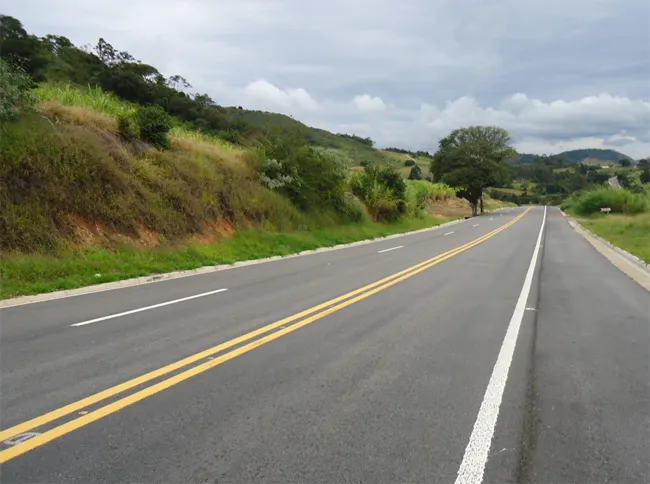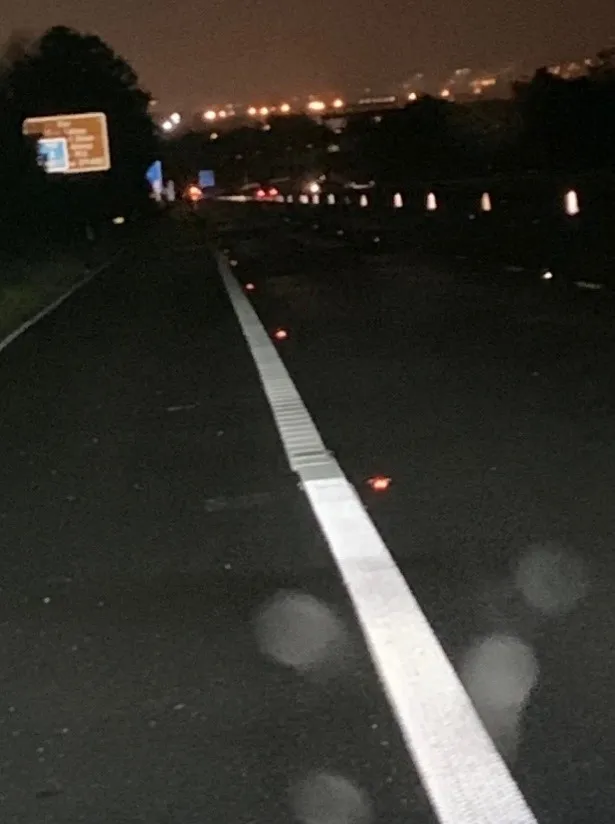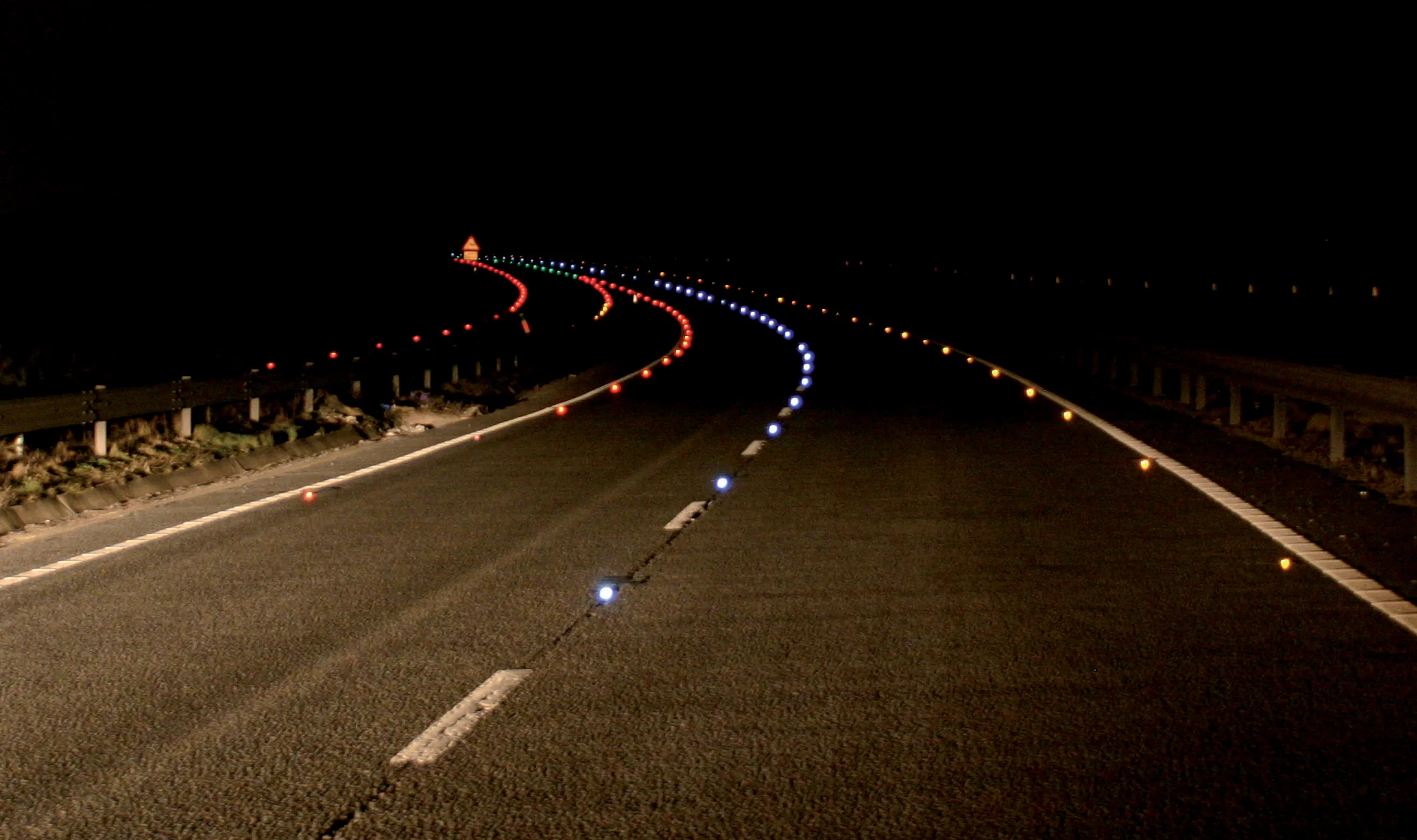Swarco Industries, a division of Swarco America, has unveiled its new wet reflective temporary construction zone tape Director-2 WR.
February 27, 2012
Read time: 2 mins
RSS337 Swarco Industries, a division of Swarco America, has unveiled its new wet reflective temporary construction zone tape Director-2 WR.
Said to be an innovative solution to guide motorists safely through dangerous construction zones under dry and wet night time driving conditions, the tape uses Swarco's own premium reflective optic systems.
"Director-2 WR provides reflective temporary markings which give longer viewing distances to the motorist leading into and through construction zones," says Swarco Industries.
The superior reflectivity is also visible during hazardous rain conditions, and testing has shown that Director-2 WR is 50-100% brighter than traditional temporary marking tapes.
According to recent surveys, one of the motoring public's most frequent requests, indeed necessities, is the ability to see pavement markings under rain conditions.
The Director-2 WR product is an economical safety solution, says Swarco.
Testing on the US National Test Product Evaluation Program has been completed, and testing according to European Bast Standards is expected to be completed by summer this year.
Meanwhile, Danish company270 LKF has tackled another problem by using its PREMARK preformed thermoplastic road marking and Viaxi primer to offer long life and durability of road markings on cobblestones.
In many cities worldwide central roads retain the old cobblestones, especially in older parts of the cities, and these pose a challenge with the durability of road markings on the stones. Different types of road marking material have had problems with sticking to the cobblestones, and often pedestrian crossings, lines, shark teeths, arrows and other markings required repainting several times a year depending on the traffic intensity.
And the movement of the stones and the stone itself means other types of road marking material have failed to stay for a longer period. Joints between the stones have also caused problems for road markings.
LKF, part of the2447 Geveko Group, carried out various tests to find a solution, and in 2006 applied its PREMARK on cobblestones in Amberg, Germany.
Viaxi primer was first applied to get adhesion with the surface and the PREMARK markings were then applied: one PREMARK directional arrow is still in good condition.
Said to be an innovative solution to guide motorists safely through dangerous construction zones under dry and wet night time driving conditions, the tape uses Swarco's own premium reflective optic systems.
"Director-2 WR provides reflective temporary markings which give longer viewing distances to the motorist leading into and through construction zones," says Swarco Industries.
The superior reflectivity is also visible during hazardous rain conditions, and testing has shown that Director-2 WR is 50-100% brighter than traditional temporary marking tapes.
According to recent surveys, one of the motoring public's most frequent requests, indeed necessities, is the ability to see pavement markings under rain conditions.
The Director-2 WR product is an economical safety solution, says Swarco.
Testing on the US National Test Product Evaluation Program has been completed, and testing according to European Bast Standards is expected to be completed by summer this year.
Meanwhile, Danish company
In many cities worldwide central roads retain the old cobblestones, especially in older parts of the cities, and these pose a challenge with the durability of road markings on the stones. Different types of road marking material have had problems with sticking to the cobblestones, and often pedestrian crossings, lines, shark teeths, arrows and other markings required repainting several times a year depending on the traffic intensity.
And the movement of the stones and the stone itself means other types of road marking material have failed to stay for a longer period. Joints between the stones have also caused problems for road markings.
LKF, part of the
Viaxi primer was first applied to get adhesion with the surface and the PREMARK markings were then applied: one PREMARK directional arrow is still in good condition.








